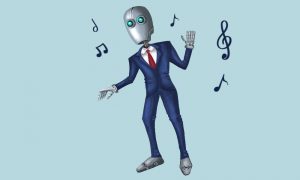
Artificial Intelligence, Machine Learning, and Deep Learning
Posted on 01/13/2020
Increasingly, asset managers are trying to get a leg on artificial intelligence. Sovereign wealth funds such as Singapore’s GIC Private Limited formed Kepler Fi, to develop new platforms and technologies in this space. To justify fees and to gain a competitive edge, fund managers are trying to implement AI and machine learning in their investment processes.
English mathematician Alan Mathison Turing created the “Turing Test,” laying some groundwork for the AI industry. Artificial intelligence (AI) dates back to the 1950s when the term was coined by computer scientist John McCarthy at a 1956 workshop at Dartmouth College. Progress in AI has accelerated in the past two decades, as computing power speeds grow and the increase of datasets. Data is the fuel for AI, similar to oil and gas for combustion. In 1998, the U.S. SEC permitted computerized high-frequency trading.
Machine Learning
Machine learning is a subset of artificial intelligence. Machine learning teaches a computer how to perform a task or generate a desired output without being programmed for it. The learning allows computer systems to discover patterns and insights in data. The vast majority of machine learning algorithms are supervised by humans. The goals of machine learning include finding patterns, predicting outputs, and forecasting optimal actions.
Deep Learning
Deep learning is a type of machine learning that aims to conduct feature extraction without any human interference. This type of learning utilizes algorithms composed of layers of artificial neurons to enormous datasets to extract complex patterns.
Speed of Information
Throughout the history of making money and investments, people have always tried to get information faster than others. Paul Reuter used pigeons to deliver financial news faster than post trains. Eventually, a direct telegraph link replaced the pigeons.
